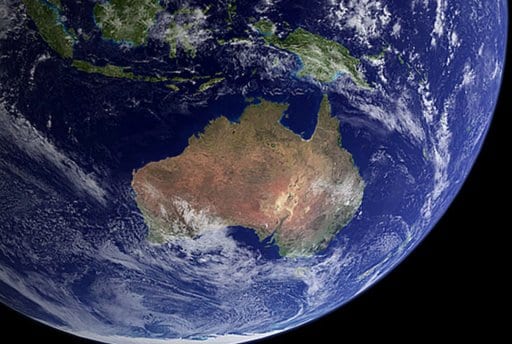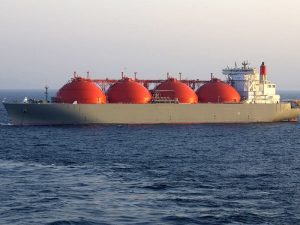Josh Frydenberg, Australia’s national resource minister, is dodging the sober facts of the country’s energy-production sector when he goes public the way he did this week with a buoyant message that ignores the truth of the matter.
Frydenberg, in a speech to the National Press Club, portrayed the sector as a “living, breathing modern success story” in a pitch that clearly confused earnings with revenues. Granted, Australia’s export revenues are at a record high, but the profitability of its resource and energy sector is hitting record lows. This is evident everywhere across the industry.
Frydenberg said he wants to “dispel the fallacy” that the sector is in trouble, but his spin rings hollow. Net profit margins among producers of iron ore, coking coal, thermal coal, and liquid natural gas speak much louder of what’s actually happening. So do the vast recent coal and gas investment write-offs by BHP Bilton, Anglo American, Peabody Energy, Glencore, and Rio Tinto, not to mention the collapse in the stock prices of these companies.
“Fallacy” is not the problem.
The Australian energy industry is in a world of pain, as epitomized by Anglo American’s report this week of a US$5.6 billion net loss in 2015 along with the announcement that it will eliminate 85,000 jobs. The news came just as Goldman Sachs published a forecast that sees the permanent, structural decline of the thermal coal trade and a new long-term price target of US$42.50 per ton, suggesting an additional 20 percent collapse in price over the next few years.
Coal is not the future, and the economy of Australia, frankly, stands to gain more from sustainable industries like agriculture, wine production and tourism.
Frydenberg went so far as to misconstrue India Energy Minister Piyush Goyal’s assertion that India will burn more coal to meet its energy demands, interpreting that intention as a signal that the second-most populous country in the world will rely on Australia for more thermal coal (India will rely on more Australian coking coal imports). This translation ignores the second piece of Goyal’s coal strategy—a doubling of domestic Indian thermal coal production in a move to cease thermal coal imports altogether. Indeed, the policy Goyal described is why Indian coal imports are down 16.5 percent year on year in the 10 months to January.
Frydenberg also lowballs India’s push into renewables, saying the government of India seeks to double its investment there while in fact it aims to increased renewables to 175GW by 2022 from the 31.6GW of RE as of March 2015.
Goyal was in Australia last week articulating how he is busy implementing a seven-year plan to modernize Indian electricity sector into a system designed for the present, not the past. This ambition does not bode well for coal.
Meantime the government of India is out with a solar-development update that has total solar capacity reaching 5.25 gigawatts of cumulative installs by March, with 1.5 gigawatts installed in the first 10 months of the 2015/16 financial year. The Ministry of New and Renewable Energy expects total installs in the 2015/16 year to reach 3.79 gigawatts, exceeding 300 percent year-on-year growth over the 1 gigawatts of installs achieved in the full 2014/15 year. Clearly, the ministry expects a strong completion of the 2015/16 year, with a total of 3.79 gigawatts to be commissioned in this 12-month period. While this sounds optimistic on its face, comments by the CEO of Adani Green Energy suggest that that company alone is on track to commission almost 600 megawatts over this two-month period. Total cumulative installs are forecast to reach 7.53 gigawatts by the end of March.
The Ministry of New and Renewable Energy exports sees solar installs in 2016/17 showing an additional 300 percent year-on-year growth to 12.16 gigawatts, tripling India’s cumulative installs to-date in just one year.
IEEFA has forecast 260 percent year-over-year growth to 2.6 gigawatts of new installs in 2015/16. Our assumption has been that the rate of growth would decelerate and support only a doubling in 2016/17 to 6.0 gigawatts of additions (half the Ministry of New and Renewable Energy’s latest target). As such, there is significant upside surprise potential to us (and to the financial markets in general) should the current rate of growth continue. All signs to date indicate that such an outcome is increasingly likely.
Tim Buckley is IEEFA’s director of energy finance, Australasia.










